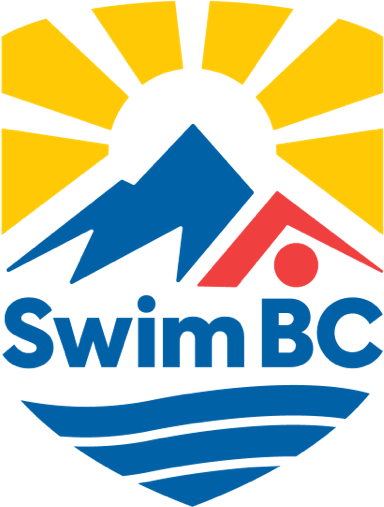
Back to Touchpad

SFA Swimmers Still Training Thanks to Resilience and City Help
August 6, 2020
Simon Fraser Aquatics swim club, located in Burnaby and normally operating from six aquatic facilities in the area surrounding the university, is home to 75 full-time competitive swimmers plus dedicated coaches and administrators. After 19 years helping young athletes reach for their best, the swim season was abruptly cancelled in March 2020 due to the COVID-19 pandemic. Not only were scheduled competitions delayed or cancelled completely, regular pool training days and the hotly anticipated annual spring break training camp were also called off, and the club lost its main 50 metre pool when it was turned into a COVID-19 testing centre.
“The instability of not knowing where and when we would commence training made it extremely difficult to focus on progressing as athletes,” says Ryan Skomorowski, Head Coach and Director of Swimming for the club. Add to that the technological limitations experienced by some swimmers and families attempting to train virtually and it’s easy to see the uncertainty that could percolate through the swim community.
However, Skomorowski was happy to report that the majority of athletes coped well with the cancellations, remaining as active as possible by utilizing detailed dryland training concepts aimed at improving strength and flexibility, as well as daily routines emphasizing staying healthy. Club administration has worked hard to convey the message that as a team, they are all in this together and swimmers and parents have been patient and understanding as the club works toward restarting. “It has been difficult on the coaches not being able to physically train our athletes but we have all adapted to our new reality and are making the best of it,” Skomorowski says.
Thanks to much appreciated assistance from the City of Burnaby, on July 6, 2020, SFA was able to get back in the water at Robert Burnaby Outdoor Pool, which coincidentally is located next to park land that is an excellent venue for our dryland training. Coach Skomorowski noted that, “we were very grateful to Swim BC as many other sport organizations did not have the comprehensive plan Swim BC gave us. Some sports are still sidelined or struggling with getting back to training, whereas we have been full-time for a month, operating safely and successfully with our City of Burnaby partners.”
Upon returning to the pool, the club has focused on technique and gradually building up fitness levels, as many of the swimmers were a little rusty due to time away from the pool. Amazingly, some swimmers have actually improved strength and conditioning during lockdown thanks to significant dryland training. In addition, swimmers, families, and coaches have adapted to the new regime of health checks, social distancing, masks, and respect for the rules established by pool staff.
There have been some positives to come out of the pandemic as well. With fewer swimmers in the pool at any one time, athletes are able to focus on more intense stroke work and individualization, a benefit that SFA hopes to maintain into the future. Furthermore, SFA’s relationship with the City of Burnaby has greatly improved, leading to better collaboration on future projects and planning.
Going forward, the club will continue training the best they can, aiming to compete in smaller meets once they can be held safely. Due to the reduction in the number of swimmers allowed per lane, in the short term SFA will require more lane space or more coaching hours, putting strain on staff and resources. If the pandemic continues, all swim clubs may have to consider restructuring their programs in order to accommodate health protocols.
For now, SFA swim club is back in the pool and getting ready to race. Skomorowski’s advice for clubs waiting to restart: “The City of Burnaby has really stepped up to the plate in recognizing the community benefits of keeping our youth healthy and active. If there is some water somewhere in your city that is open, then you can use it to have very successful training. Be as inventive as possible, the cities are more willing than ever to be creative for safe solutions to get you back in the pool.”
